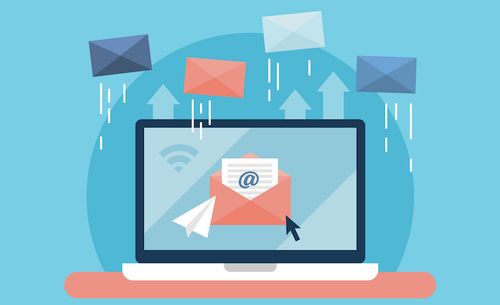In the digital age, email remains a powerful tool for connecting with audiences. However, its effectiveness hinges on more than just compelling content; the timing of your email campaigns plays a pivotal role. This article explores the art of timing, offering strategic insights to transform your email campaigns through thoughtful scheduling.
1. Knowing Your Audience: The First Step in Timing
The cornerstone of effective email timing is a deep understanding of your audience. Different demographics have varying email-checking habits. For instance, working professionals might check their inbox early in the morning, while students or night-shift workers may have different active hours. Use data analytics to track when your emails are most frequently opened and interacted with, and tailor your schedule accordingly.
2. Time Zone Tactics: Reaching a Global Audience
In today's interconnected world, your audience might span several time zones. Sending an email at 9 AM in your local time could mean a midnight disturbance for someone across the globe. Segment your email list by geographic location and adjust your sending times to hit the sweet spot in each time zone.
3. The Day of the Week Dilemma
Days of the week can significantly impact email open rates. Generally, mid-week days like Tuesday and Thursday yield better engagement compared to weekends. However, this is not a universal rule. Experiment with sending emails on different days and meticulously track the response rates to find the best fit for your audience.
4. Seasonal Sensitivity: Timing in Context
Your email campaign's timing should also consider seasonal events, holidays, and industry-specific dates. Retail businesses, for example, might find increased engagement when scheduling emails around major shopping seasons or holidays. Be mindful of cultural differences and regional events to avoid timing missteps.
5. Frequency and Consistency: Striking a Balance
The frequency of your emails is as important as their timing. Overwhelming your audience with too many emails can lead to fatigue and unsubscriptions, while too few can lead to a loss of engagement. Determine an ideal frequency based on your audience's response and stick to a consistent schedule for reliability.
6. Leveraging Automation for Precision
Automation tools are invaluable for maintaining a strategic email schedule. They allow for precise timing, ensuring that your emails are sent out consistently and at the most optimal times. Additionally, automation can be used to send trigger-based emails, responding to specific actions taken by your audience.
7. The Power of A/B Testing
There is no one-size-fits-all solution in email timing. Continuously test different days and times to see what resonates best with your audience. A/B testing allows you to compare the performance of emails sent at different times, providing data-driven insights to refine your strategy.
Conclusion
Mastering the art of timing in email campaigns is a dynamic process. It involves understanding your audience, navigating time zones, considering seasonal contexts, maintaining a balanced frequency, and continuously testing and adapting. By implementing these strategies, you can transform your email campaigns into more effective, engaging, and successful communication tools.
Remember, in the world of email marketing, timing is not just a detail—it's a critical component of your strategy.



